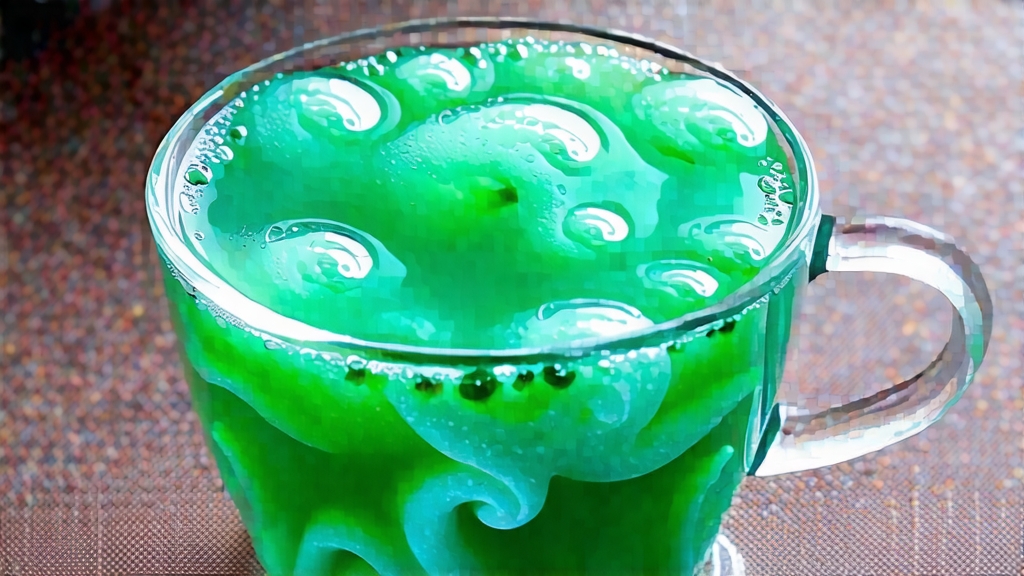
Among the jade pantheon of Chinese green teas, none carries the romance of Biluochun. Its very name, literally “Green Snail of Spring,” evokes the image of tiny jade spirals coaxed from the first trembling buds of March. Foreign drinkers often meet it as a fragrant surprise: a tea that smells of ripe peaches and wild orchids long before the leaf ever touches water. Yet behind the perfume lies a micro-saga of imperial taste, lake-born terroir, and finger-tip craftsmanship that has survived six centuries of war, revolution, and market boom. This essay invites the global tea traveler to unpack that saga—leaf by leaf, infusion by infusion.
-
Historical vignette: from scare to tribute
Biluochun’s first written record appears in 1644, the year the Ming dynasty fell. Tea pickers on Dongting Mountain, an island of granite and orange grove rising from Taihu Lake in Jiangsu, noticed that buds growing in the shade of wild peach and apricot trees carried an uncanny fruit note. A passing monk gathered a handful, pan-fired them in an iron wok, and presented the curled result to the Shunzhi Emperor. The young sovereign, startled by the aroma, reportedly asked whether “spring itself had been rolled into these tiny snails.” The name “Xia Sha Ren Xiang” (Scary-Fragrant) was first used, later softened to Biluochun by the Qianlong Emperor, who loved its whorl-like shape reminiscent of the spiral shells he collected on southern tours. By 1685 the court demanded fifty kilograms annually; the tea entered the Qing tribute list alongside pearls and yellow brocade. Maritime merchants smuggled small lots to Java and later to London, where Victorian ladies steeped it in porcelain pots and compared its nose to “a basket of nectarines.” -
Terroir: lake, mist, and orange blossom
Dongting Mountain is not a single peak but an archipelago of seventy-two micro-islands whose soils are 70 percent weathered granite mixed with lake-bed silt. The water body regulates temperature, creating a mist that lingers until noon during bud-break. UV light is diffused, slowing photosynthesis and stacking the leaf with amino acids—especially L-theanine, which delivers the tea’s famed sweetness. Around the tea gardens, fruit trees bloom simultaneously with the tea flush; their pollen drifts onto the leaf surface, adding lactones that read as peach and apricot in the cup. No other Chinese green enjoys such an intertwined orchard ecosystem; inspectors can actually taste the vintage of local citrus by the tea’s perfume. -
Cultivars and grades
Legally, only leaf picked within 12 km² of Dongting’s East and West mountains may be sold as “Original Biluochun.” The primary cultivar is the small-leaf “Dongting Qunti,” an open-pollinated landrace with 300-year-old mother trees. Since 1982, clonal selections such as “Dongting 7” and “Fuding Dabaicha” have been grafted onto lower elevations to extend season, but connoisseurs prize the Qunti for its low yield and high aromatics. Grading follows bud-to-leaf ratio:- Supreme (Cha-Wang): 100 % unopened bud, 6,000 buds per 100 g.
- Special Grade: one bud and one just-opening leaf, picked before Qingming festival.
- First Grade: one bud and two leaves, acceptable until Grain Rain.
Below First Grade the leaf is still fragrant but lacks the “three whites”—the downy silver reverse of the bud that glints under light.
-
Craft: the 15-minute life of a bud
Plucking starts at 5 a.m., when lake mist is thickest and leaf temperature below 15 °C. Pickers wear cotton gloves to avoid hand cream contamination; nails must be trimmed short. The daily quota for a master picker is 600 g fresh leaf—barely 150 g finished tea. Within four hours the harvest is back at the village workshop, where three masteries unfold in a single 15-minute window:
a. Withering: 200 g of leaf are spread on a bamboo tray suspended over a charcoal brazier at 40 °C for 3 minutes. The goal is 8 % moisture loss, not oxidation.
b. Pan-firing (